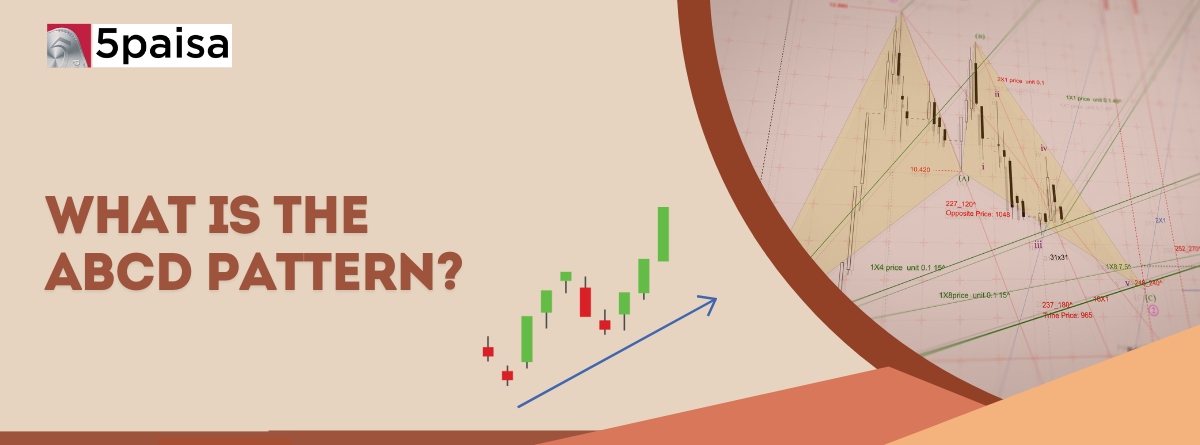Content
Introduction
Understanding trading charts can be tricky. Therefore, experts have invented patterns to simplify the meaning of trading charts. These signs/patterns signify the future of the stock and have helped many traders survive crashes and cash booms. One such pattern is the ABCD pattern, which is rhythmic, and helps identify trading opportunities.
Due to their versatility and ability to form in both market uptrends and downtrends, ABCD patterns are frequently used. ABCD patterns fall under the classification of harmonic patterns, which have two equal-price legs.
This blog explains ABCD pattern trading–the meaning and characteristics when the market is bearish or bullish.
More Articles to Explore
- Difference between NSDL and CDSL
- Lowest brokerage charges in India for online trading
- How to find your demat account number using PAN card
- What are bonus shares and how do they work?
- How to transfer shares from one demat account to another?
- What is BO ID?
- Open demat account without a PAN card - a complete guide
- What are DP charges?
- What is DP ID in a demat account
- How to transfer money from demat account to bank account
Disclaimer: Investment in securities market are subject to market risks, read all the related documents carefully before investing. For detailed disclaimer please Click here.



